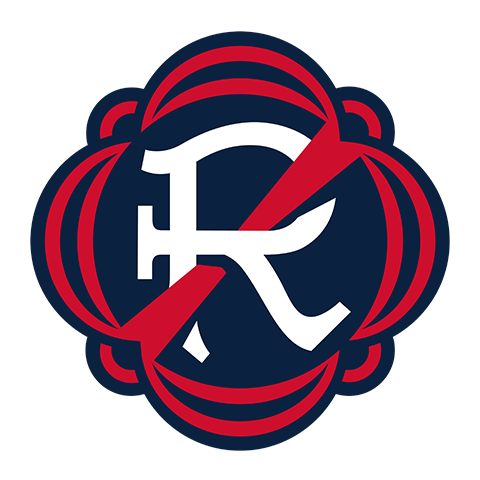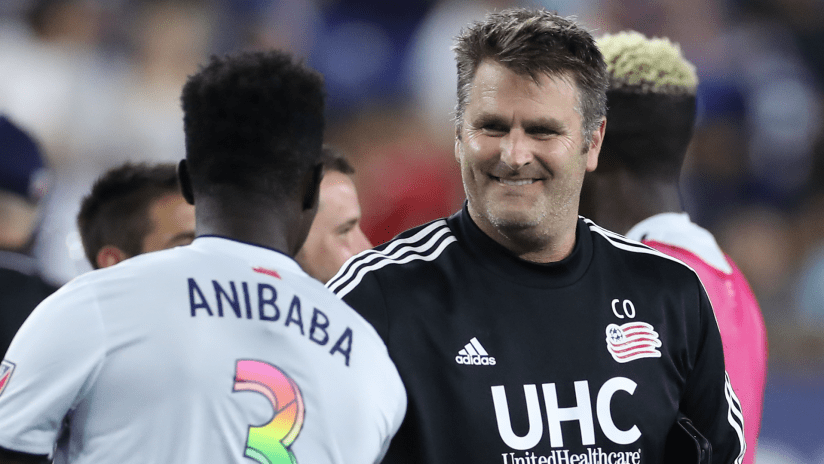FOXBOROUGH, Mass. – When the New England Revolution launched their Academy back in 2008, the objective was to create a direct pathway from the youth ranks to the first team. There have been success stories – Diego Fagundez and Scott Caldwell to start, and four more Academy signings to follow – but the pathway lacked a bridge to cover the often sizeable gap between the top rung of the Academy and MLS.
Revolution II, set to begin play in March 2020 in USL League One, is that bridge.
“There’s a big jump for the Academy players to the first team,” said Technical Director Curt Onalfo. “Having that second team gives our Academy players – our younger players – a platform where they’re challenged more. It creates a development path to the first team.
“It’s a critical step for our organization to make sure that we have a development model in place that can help develop the best young talent in the area.”
Onalfo said the Revs are in the midst of a head coaching search for Revolution II, noting that the rest of the coaching and support staff will follow shortly thereafter. The process of building out the roster has already begun, as well, with Onalfo saying the Revs have been actively scouting players.
When that roster is built it’ll feature a healthy mix of players signed to USL contracts, Revolution first team players who could benefit from playing time, and some of the top prospects in the Academy program, with Onalfo noting that the balance of that mix will depend on the makeup of the Revs’ first team squad.
“If you have all 30 players on your first-team roster, that means you’re going to have more of those players coming down,” Onalfo said. “From experience, you’ll have 2-6 (first team) players regularly down playing games, getting minutes. Sometimes it’ll be more, sometimes it’ll be less.”
Think young players like Justin Rennicks, Isaac Angking, Zach Herivaux, and Brian Wright. Instead of going on loan to the likes of North Carolina FC, Charlotte Independence, and Birmingham Legion FC, next year they’d continue to train with the first team and feature in games with Revolution II.
Onalfo said the biggest benefit to launching a team in USL League One – the third division of U.S. Soccer – as opposed to the second division USL Championship, is the ability for Academy players to feature in matches without sacrificing their college eligibility.
“We think it’s a good place for us to start,” Onalfo said.
And Onalfo would know. In 2014 he was the first-ever head coach of LA Galaxy II – affectionately known as “Los Dos” – when they launched as part of what was then known as USL PRO. Leading the charge of that launch was Bruce Arena, then the Galaxy’s general manager and head coach, and now sporting director and head coach in New England.
This is, then, familiar ground for the duo.
“We’ve done it before,” Onalfo said. “We’ve done this before in MLS, so it’s not the first time we’ve been through this, and we have some experience doing it. So we feel confident.”
That experience allows both Arena and Onalfo to take the long view with Revolution II and its place in the club’s development model, understanding that the groundwork needs to be laid now to be rewarded with the fruits of those efforts further down the road.
“It’s going to take some time,” Onalfo said. “Bruce and I look at this as a long-term project. In terms of the Academy and the second team, it’s three, four, five years – that’s when you really start seeing the benefits of your hard work.
“But certainly in the short term we want to do whatever we can to make sure we’re accelerating the development of our young players, and that we’re producing players that have all the qualities that you need to make it in MLS.”











